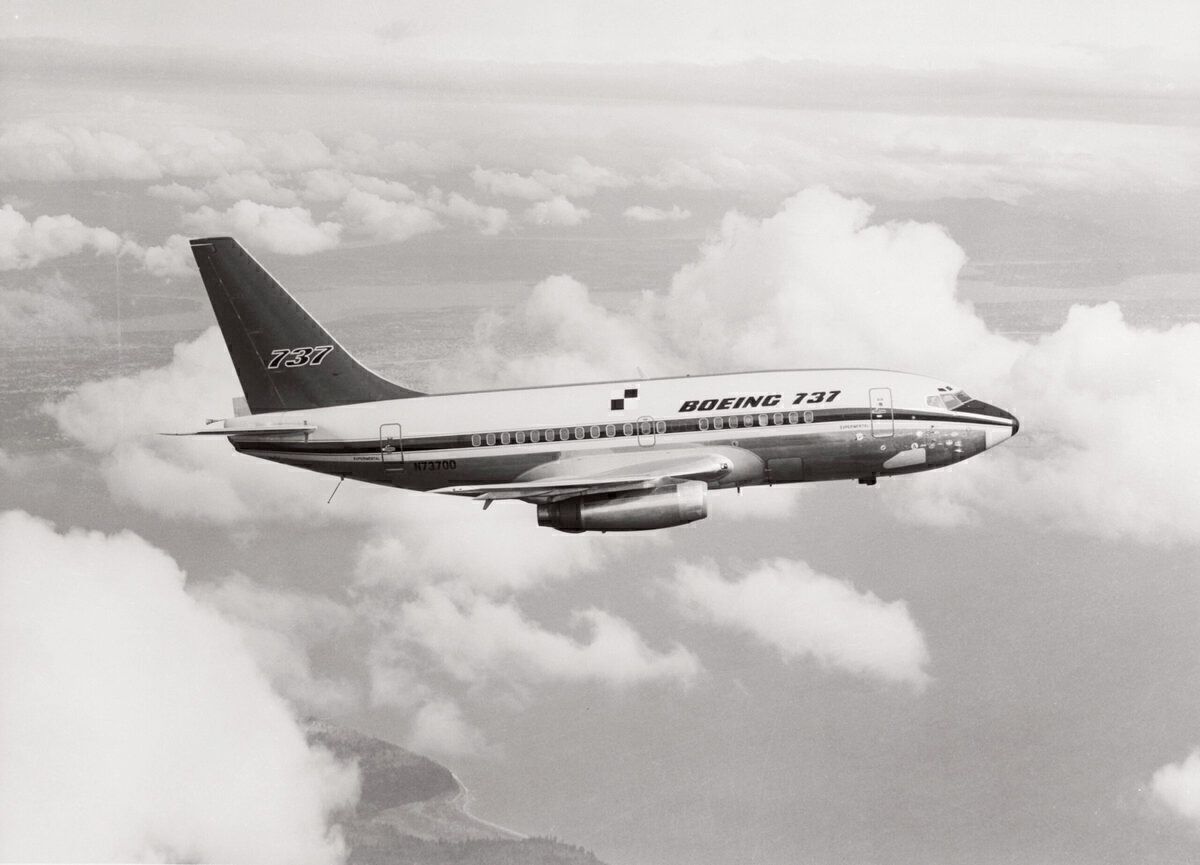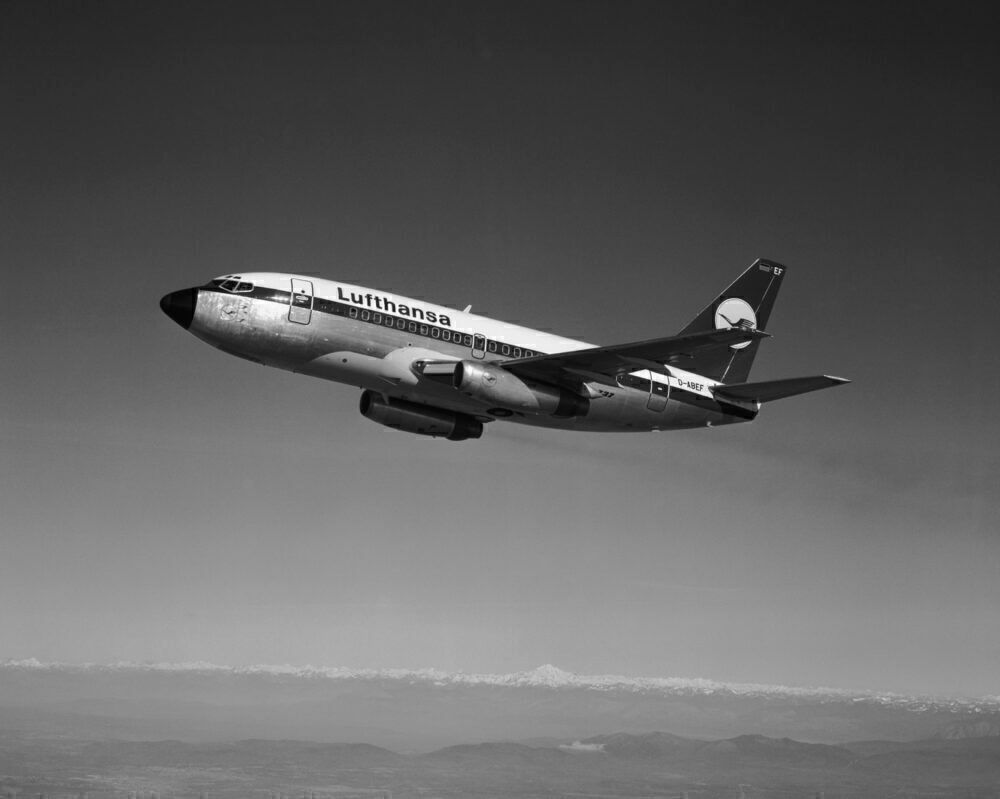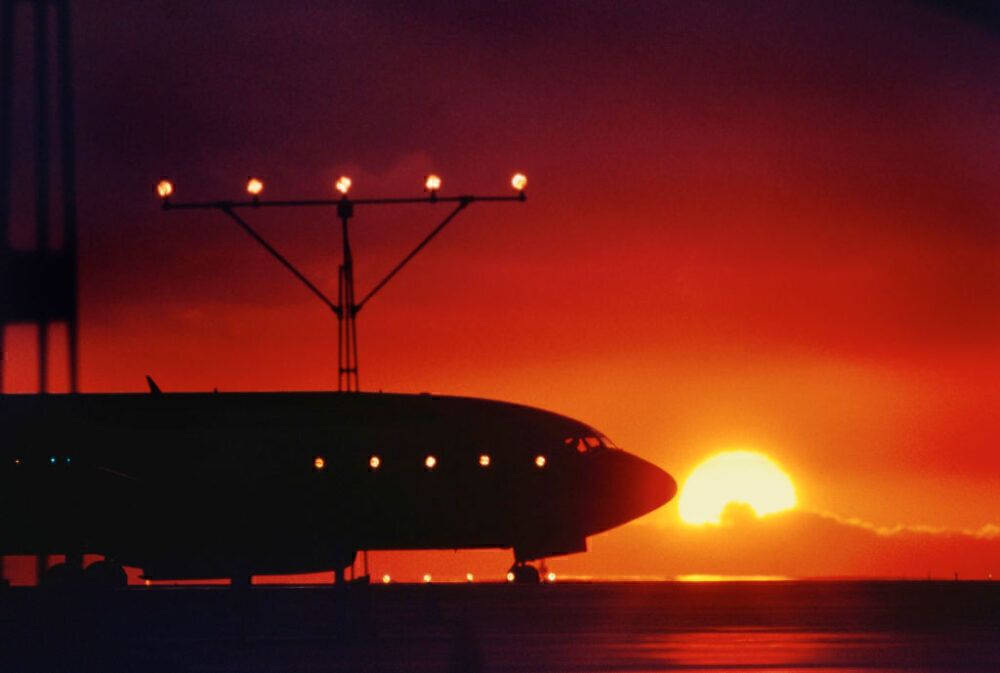On April 9th, 1967, the Boeing 737 had hit the skies for the very first time. 54 years later, the type is still a common sight in the skies and continues to be one of the world's most popular narrowbodies.
A grand entrance
The initial 737 was unveiled at Boeing's Thompson site on January 17th, 1967, and was christened by flight attendants representing the 17 carriers that had ordered the new jet. Altogether, Boeing felt that the twinjet was the logical solution to complement the groundbreaking 707 and the 727 amid increasing competition from Douglas and BAC.
Subsequently, the maiden flight took off in April of that year and was piloted by Brien Wygle and Lew Wallick. Following several test flights, the Federal Aviation Administration (FAA) issued Type Certificate A16WE, which certified the 737-100 for commercial flight on December 15th, 1967.
So, in the same month, Lufthansa took delivery of the first production 737-100 model. This joyous occasion took place at Boeing Field. Before the year was up, United Airlines, the first United States-based airline to order the 737, took delivery of the first 737-200.
Clever adaptations
To cut down on production time and get the aircraft to airlines as soon as possible, Boeing provided the 737 the same upper lobe fuselage as the 707 and 727 so that the same upper deck cargo pallets could be utilized on all three planes. Moreover, the 737 later adopted the 727’s cargo convertible capabilities. This factor allowed the interior to be changed from passenger to cargo use in the 737-200 series.
"The 737 had six-abreast seating — a selling point, because this way it could take more passengers per load (the DC-9 seated five abreast). The number of seats in the 737 also was increased by mounting the engines under the wing. This engine placement buffered some of the noise, decreased vibration and made it easier to maintain the airplane at ground level. Like the 727, the 737 could operate self-sufficiently at small airports and on remote, unimproved fields. The plane’s performance in these conditions led to orders in Africa, Central and South America, Asia and Australia," Boeing shares.
"At first, the 737 was called the “square” airplane because it was as long as it was wide. The new technology made the position of flight engineer redundant; the 737’s two-person flight deck became standard among air carriers."
Stay informed: Sign up for our daily and weekly aviation news digests.
A monumental success
By the time it was two decades after the first flight, the 737 was the most ordered plane in commercial aviation history. In over five decades, there have been at least 23 variants of the 737 in total. These jets have spanned through four generations - Original, Classic, NG, and MAX.
Notably, several of these models have become icons. Despite being such a veteran in the game, the type has remained largely popular and is a go-to aircraft for both experienced and new players when launching new short and medium-haul ventures.
There have also been difficulties along the way. Most significantly, the recent challenges with the 737 MAX program have caused considerable concern for Boeing and the wider market. Nonetheless, the fact that a new series in the family was recently launched highlights the longevity of the 737. The plane is conducted its first flight two years before the 747. Yet, it's the jumbo that is often hailed for its legacy.
Sadly, the Queen of the Skies is waving goodbye to her reign amid mass retirements across the globe in recent years. However, the 737 will continue to be spotted for years to come.
What are your thoughts about this landmark for the Boeing 737? Which variant of the type has been your favorite over the years? Let us know what you think of the aircraft in the comment section.



